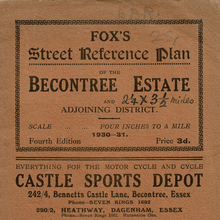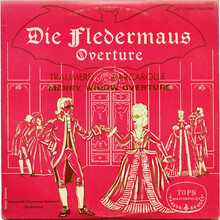Designed by E.P. Prince and F. Tarrant for Miller & Richard in
1878 as Tudor Black [Updike] [Reichardt 2011]. First known advertisement
was from that year [THP].
Also cast as Tudor Black by Blackfriars, Hadden, Hansen, ITF, KTF, Pavyers
& Bullens. Known under many names, incl. Gothique
Archaique (Vanderborght and also Van
Loey-Nouri [c.1914 specimen]), Germania
(Karl
Brendler), Goethe/Tudor (Barnhart
Brothers & Spindler), Gotico neretta (FTC),
Mediaeval-Gotisch (Flinsch/Bauer), Old
Black (Farmer, Palmer &
Rey), Psalter-Gotisch (Krebs), and Urbino (Fondografica) [Reichardt 2011]. Miller & Richard had an
italic version named Tudor Black Italic [Petzendorfer 1905]. Augusta had a wood type
adaptation as
Serie 1032.
Arrived in the U.S. around 1889 with no distinction between the
caps ‘I’ and ‘J’ until about 1900. Modernized caps ‘HIMN’ were
first shown in 1906 [McGrew 1993]. An “open” derivative was
patented in 1898 by Rudolph Gnichwitz of Keystone [THP].
Italian manufacturer Reber
R41 had a dry-transfer version named Gotico (also
carried by Edding in Germany as Gotik). Phototype
versions More…
Designed by E.P. Prince and F. Tarrant for Miller & Richard in 1878 as Tudor Black [Updike] [Reichardt 2011]. First known advertisement was from that year [THP]. Also cast as Tudor Black by Blackfriars, Hadden, Hansen, ITF, KTF, Pavyers & Bullens. Known under many names, incl. Gothique Archaique (Vanderborght and also Van Loey-Nouri [c.1914 specimen]), Germania (Karl Brendler), Goethe/Tudor (Barnhart Brothers & Spindler), Gotico neretta (FTC), Mediaeval-Gotisch (Flinsch/Bauer), Old Black (Farmer, Palmer & Rey), Psalter-Gotisch (Krebs), and Urbino (Fondografica) [Reichardt 2011]. Miller & Richard had an italic version named Tudor Black Italic [Petzendorfer 1905]. Augusta had a wood type adaptation as Serie 1032.
Arrived in the U.S. around 1889 with no distinction between the caps ‘I’ and ‘J’ until about 1900. Modernized caps ‘HIMN’ were first shown in 1906 [McGrew 1993]. An “open” derivative was patented in 1898 by Rudolph Gnichwitz of Keystone [THP].
Italian manufacturer Reber R41 had a dry-transfer version named Gotico (also carried by Edding in Germany as Gotik). Phototype versions include Psalter Text and Tudor Italic, shown in Dan X. Solo’s Gothic and Old English Alphabets (1984). Typeshop shows a version named Osterdal, in two roman weights and one italic [Typeshop c. 1977].
Digitized by Gerhard Helzel as Mediaeval-Gotisch (2003), by Paolo W. as Psalter Gotisch (Intellecta, 2009), and by Robert Donona (2014, not yet released).


















